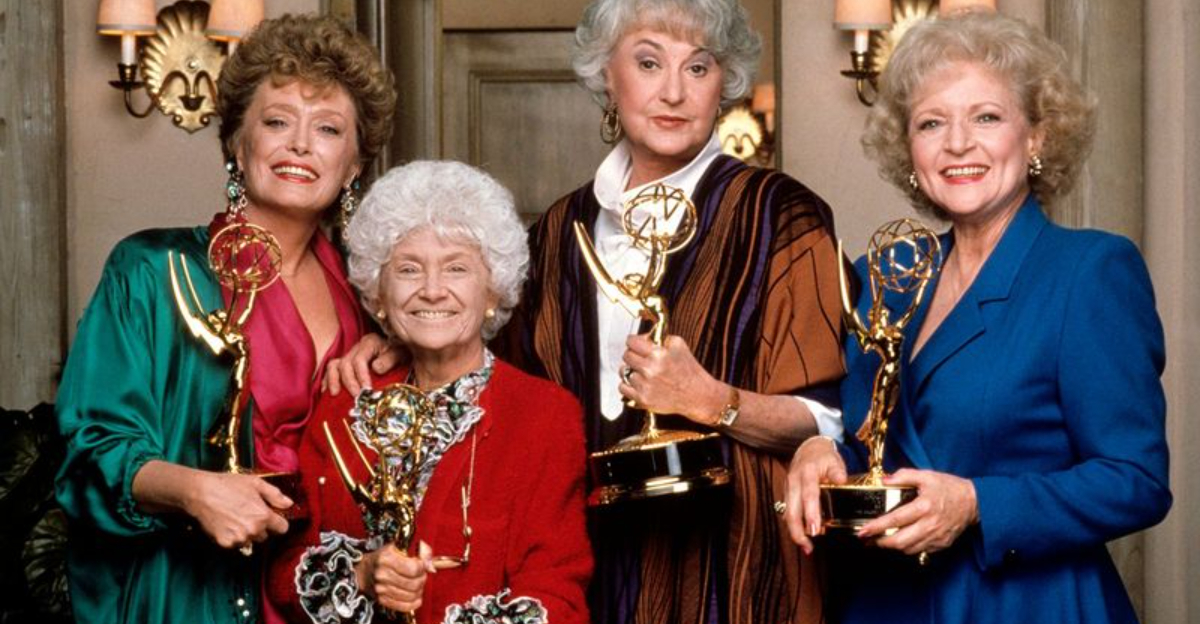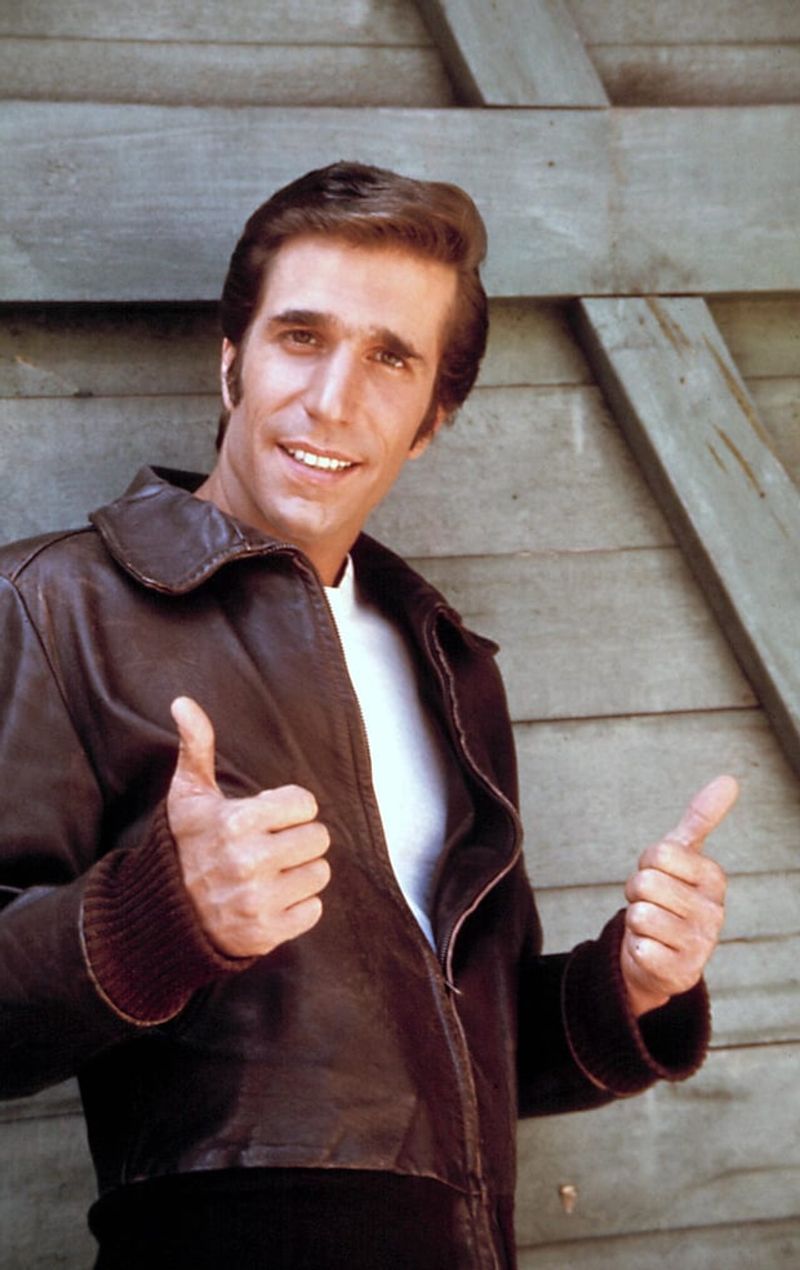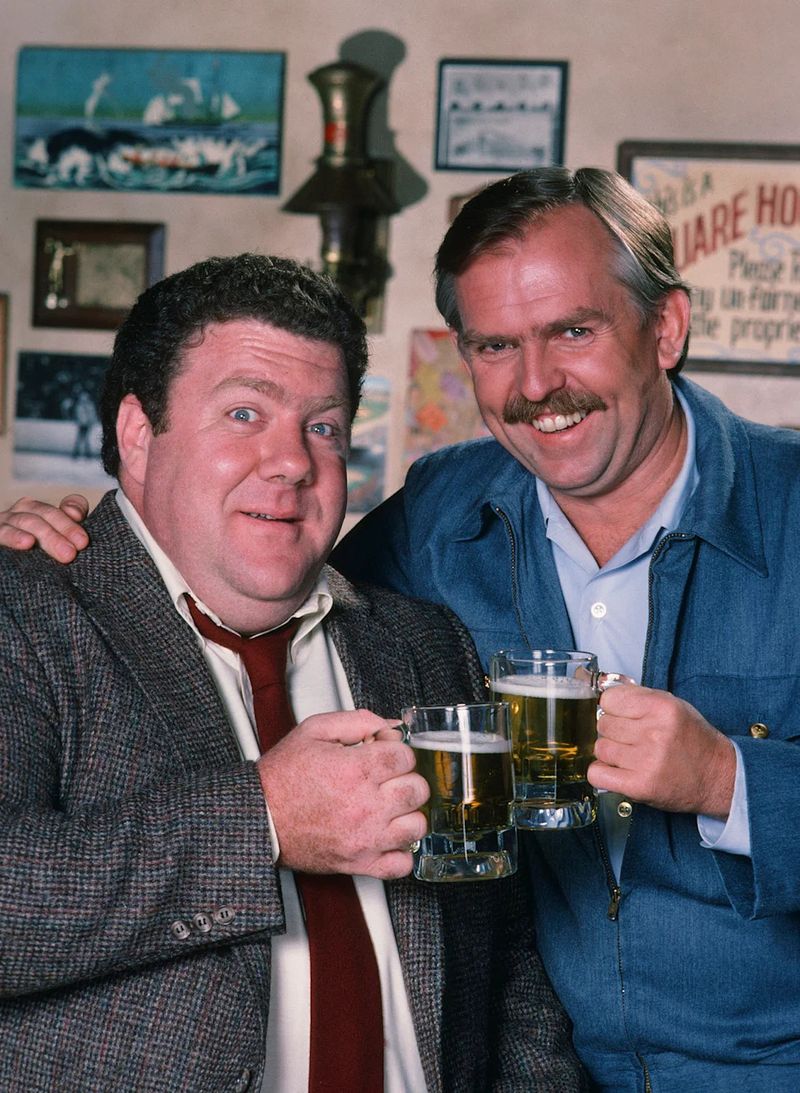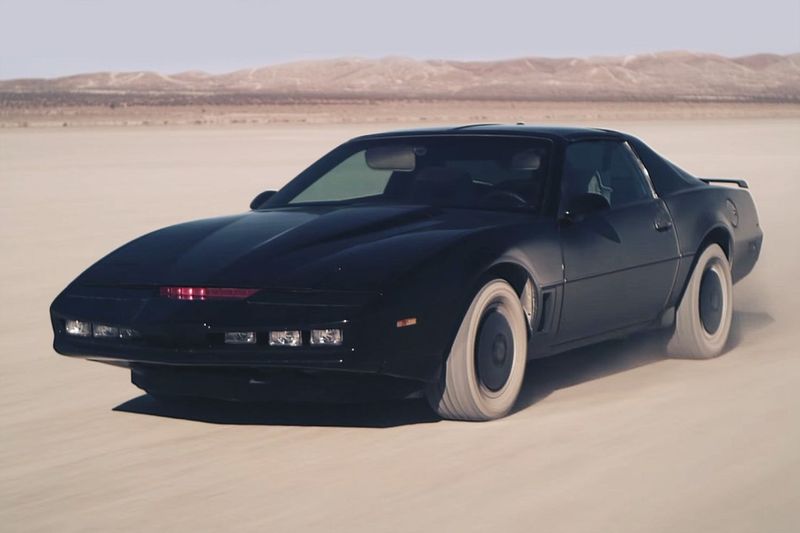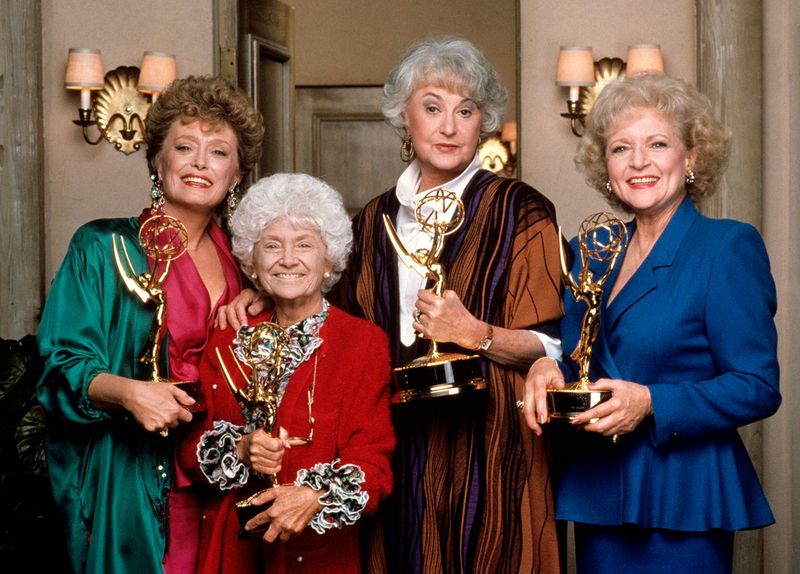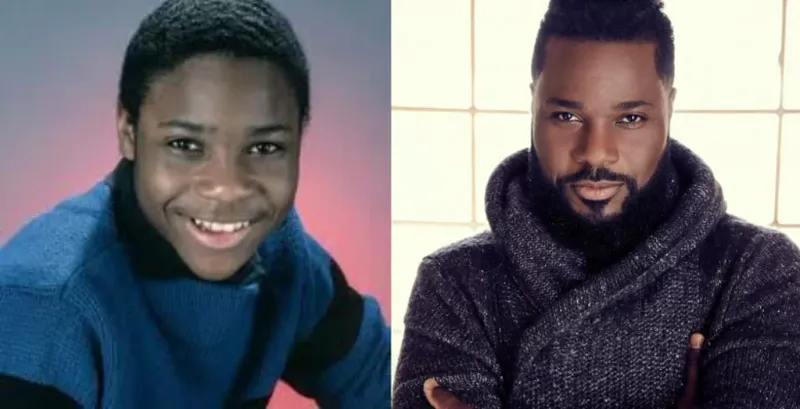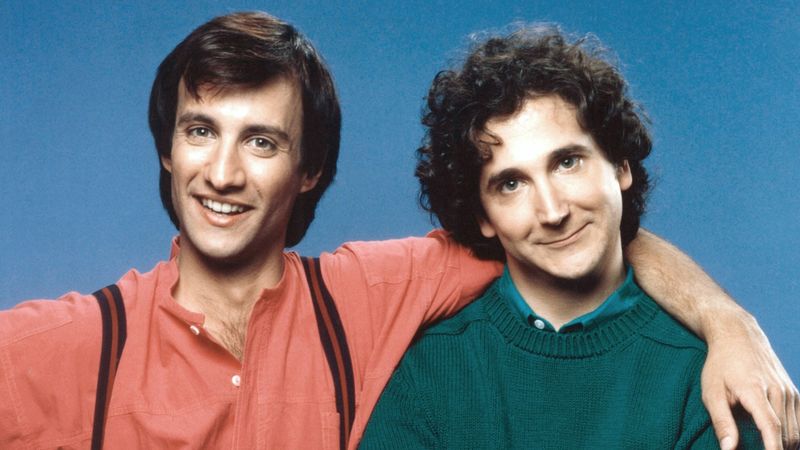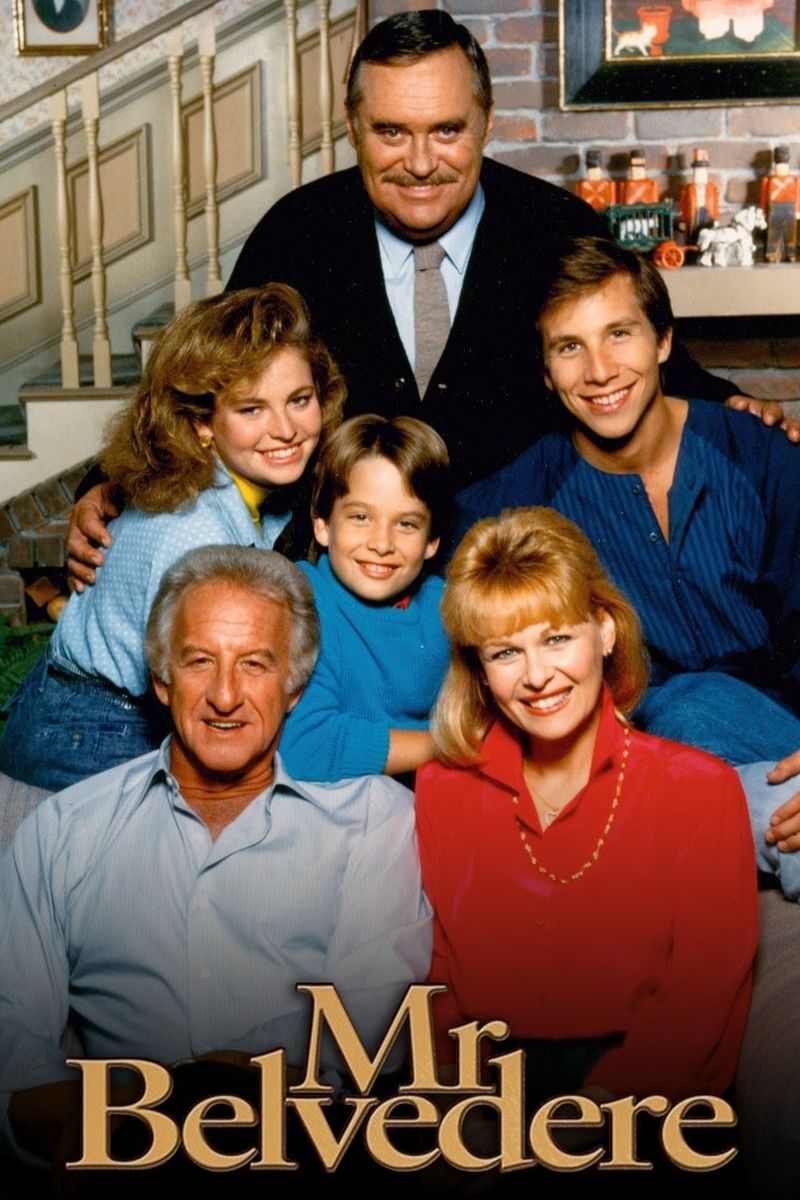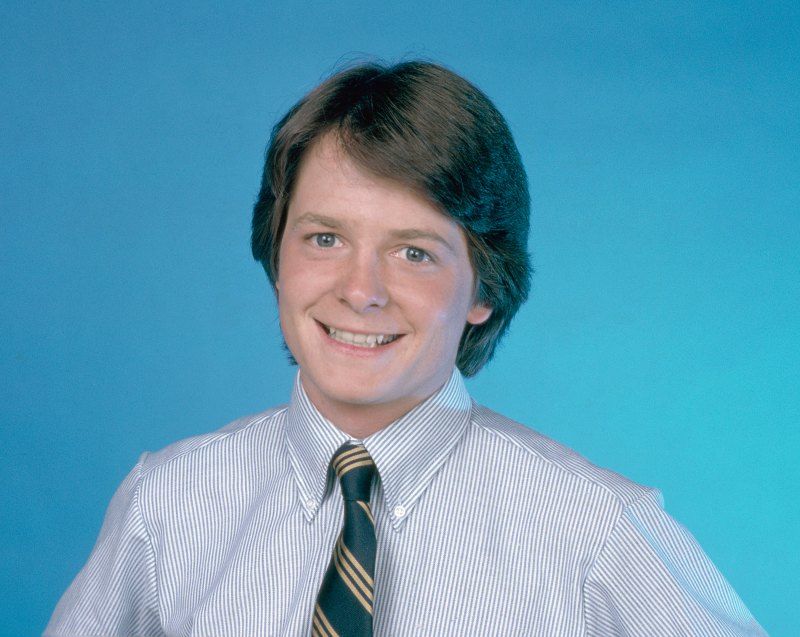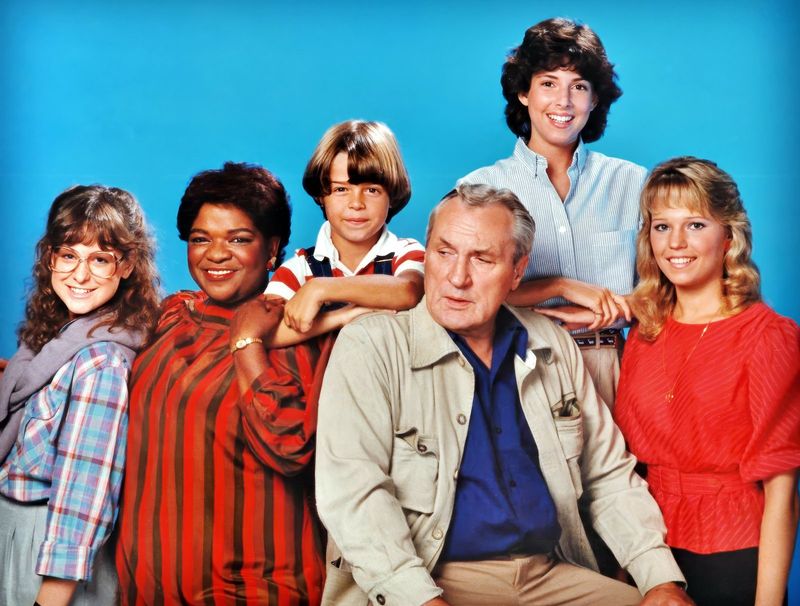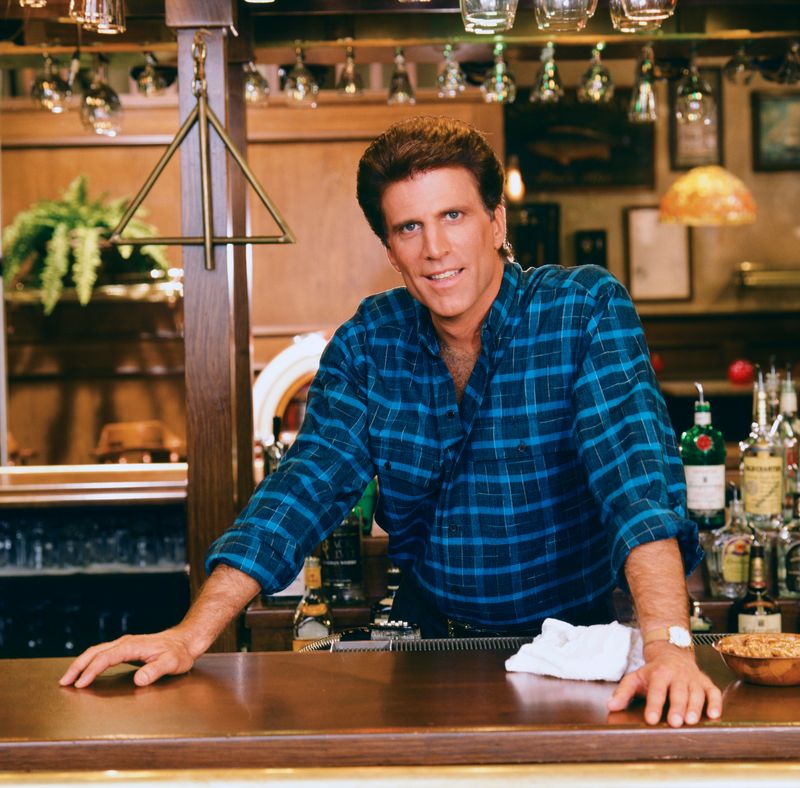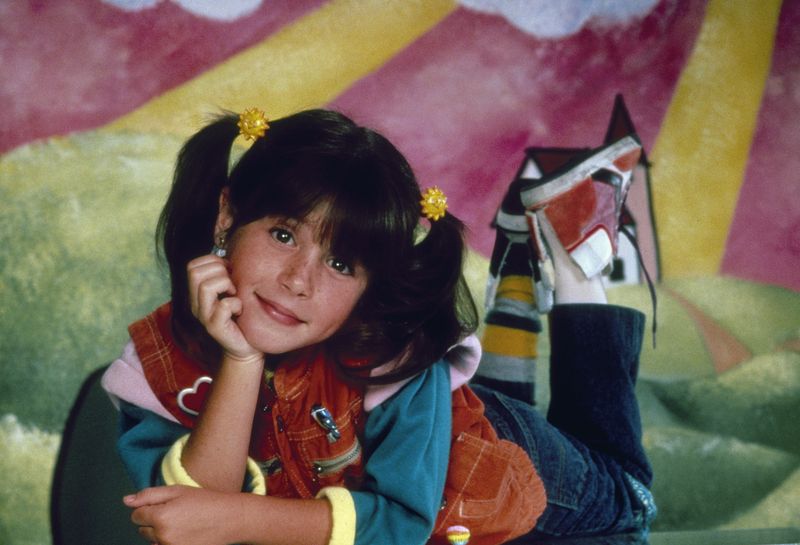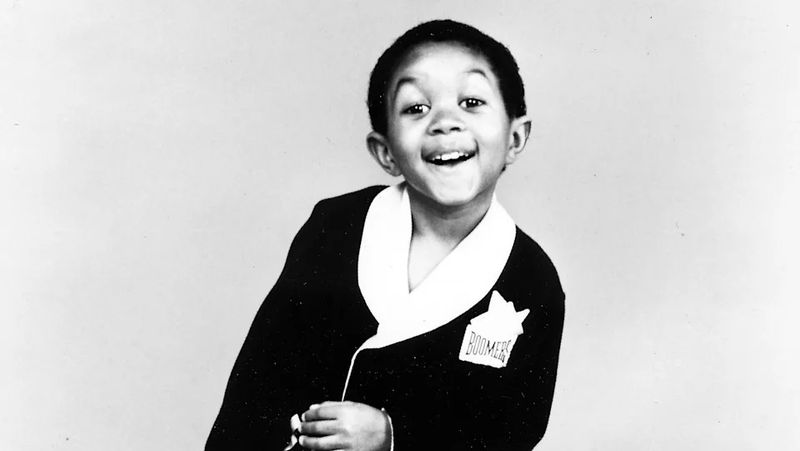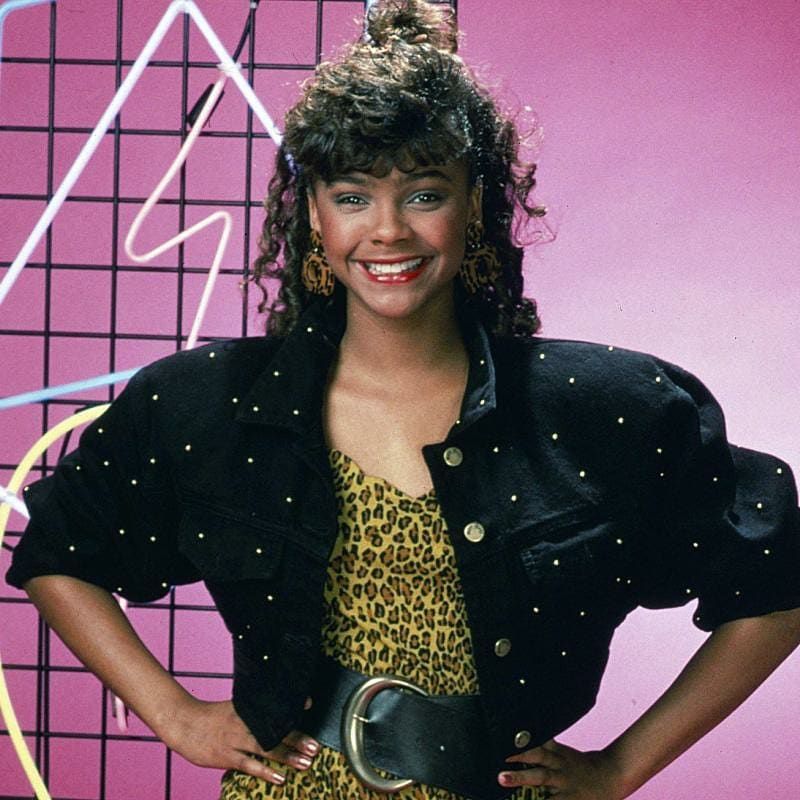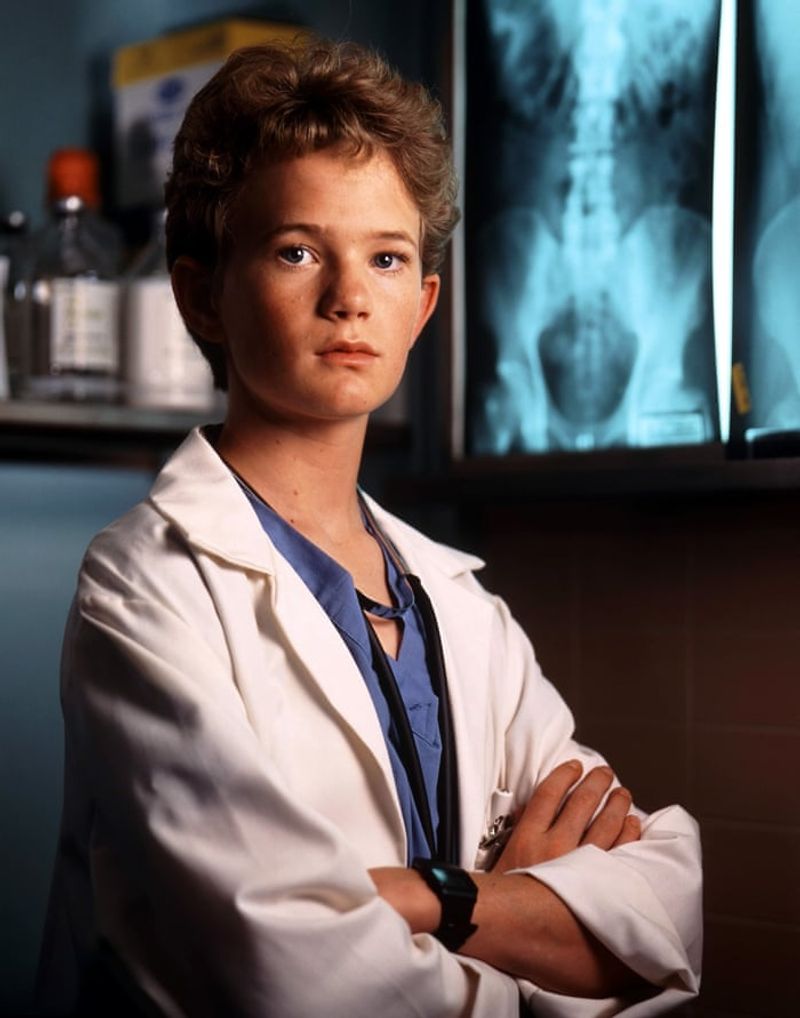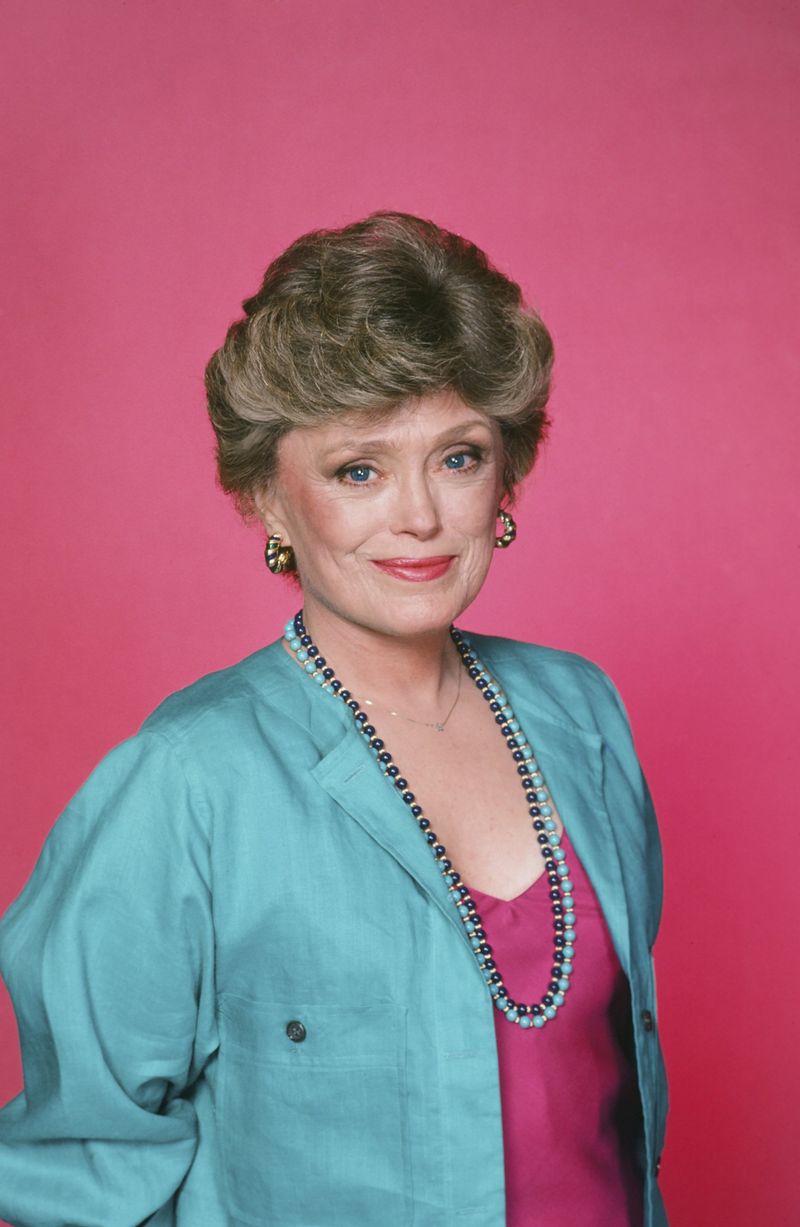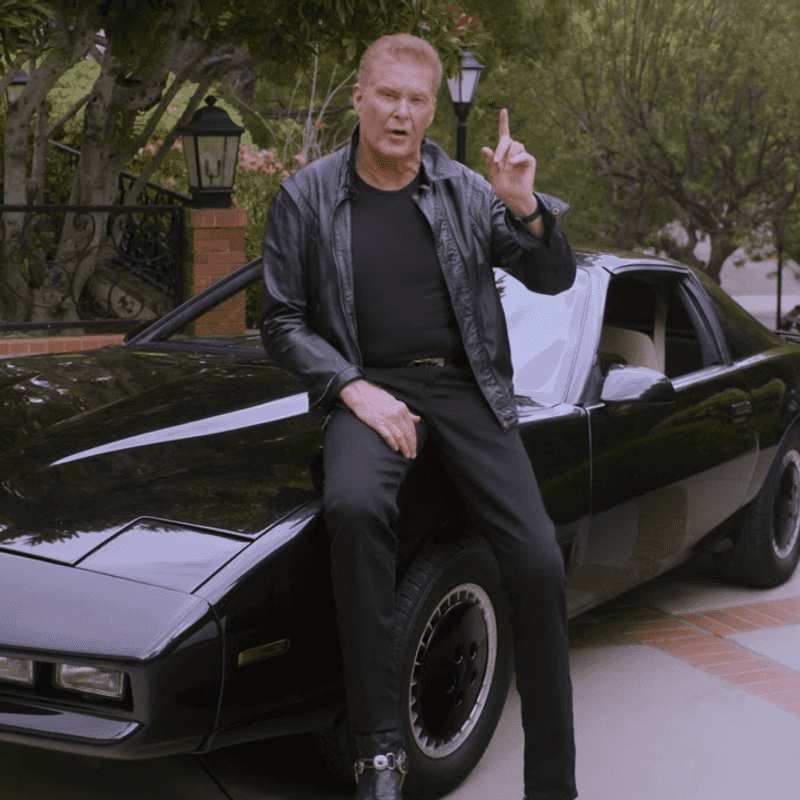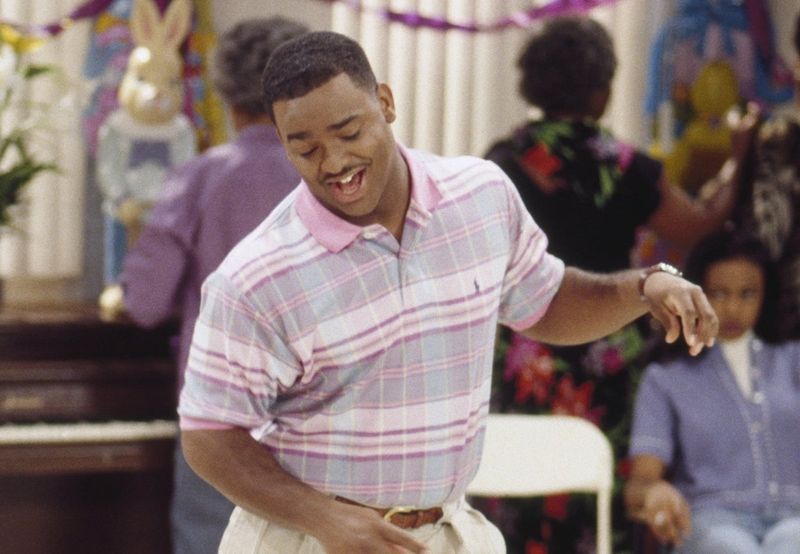Remember when your favorite TV character suddenly disappeared without explanation? The ’80s had plenty of these mysterious vanishing acts, but some characters managed to stick around from start to finish. These beloved personalities became the backbone of their shows, surviving cast changes, network shuffles, and rating dips. Let’s celebrate these enduring icons who avoided the dreaded Chuck Cunningham Syndrome.
1. Arthur “The Fonz” Fonzarelli (Happy Days)
Leather jacket, thumbs up, and that unforgettable “Ayyyy!” – Henry Winkler’s portrayal of Fonzie transformed a minor character into Happy Days’ breakout star. Originally intended as a secondary role, audience adoration quickly elevated him to the show’s center. Network executives initially worried about Fonzie’s “hoodlum” image, limiting his screen time and insisting he always appear with his motorcycle. As viewers fell for his tough-but-tender persona, those restrictions vanished faster than Richie’s college ambitions. By the middle seasons, even the Cunningham family took a backseat to Fonzie’s coolness. His catchphrases entered the cultural lexicon, his leather jacket landed in the Smithsonian, and his character remained until the final credits rolled in 1984.
2. Cliff Clavin & Norm Peterson (Cheers)
The ultimate barstool buddies, Cliff and Norm provided Cheers with its most reliable comic relief. John Ratzenberger originally auditioned for another role but convinced producers to create the know-it-all mailman Cliff specifically for him – a decision that paid dividends across all 11 seasons. George Wendt’s Norm, famous for his grand entrances and even grander beer tabs, became the everyman hero for working stiffs everywhere. His marriage to the never-seen Vera became one of television’s greatest running gags. While other characters came and went (most notably Shelley Long’s Diane), these barflies remained fixtures on their designated stools. Their friendship exemplified the show’s theme song promise that sometimes you really do want to go where everybody knows your name.
3. KITT (Knight Rider)
The 1982 Trans Am with artificial intelligence wasn’t just Michael Knight’s sidekick – KITT was the true star of Knight Rider. Voiced with sophisticated dryness by William Daniels, the Knight Industries Two Thousand delivered deadpan humor while saving the day with his arsenal of high-tech gadgets. Producers recognized KITT’s appeal, gradually expanding his personality beyond mere computer functions. The car’s red scanner light became one of the decade’s most recognizable visual effects, while his relationship with Hasselhoff’s character evolved into a genuine friendship. Unlike other shows where vehicles were easily replaceable props, KITT remained irreplaceable throughout the series run. The talking car concept could have been cheesy, but KITT’s witty repartee and problem-solving abilities made him television’s most beloved machine.
4. Sophia Petrillo (The Golden Girls)
“Picture it: Sicily, 1922…” With those words, Estelle Getty’s Sophia Petrillo would launch into another outrageous story that may or may not have been true. Originally conceived as a recurring guest character, Sophia’s sharp-tongued wisdom proved so popular that producers quickly promoted her to series regular. Interestingly, the show’s pilot featured a gay male cook named Coco who disappeared after the first episode to make room for Sophia. Despite being the oldest Golden Girl, Getty was actually younger than Bea Arthur, who played her daughter Dorothy. Sophia’s blunt assessments and lack of filter gave the show permission to tackle taboo subjects with humor. Her tiny stature belied her massive presence, and her character remained vital through all seven seasons and even continued into the spin-off series Golden Palace.
5. Theo Huxtable (The Cosby Show)
Malcolm-Jamal Warner’s portrayal of Theodore Huxtable gave ’80s television something rarely seen before – an authentic teenage Black male character in a loving, successful family. Unlike his friend Cockroach (who mysteriously vanished mid-series), Theo remained central to the show’s narrative from awkward adolescence through college years. Theo’s learning disability storyline broke new ground, helping families understand dyslexia when such conditions were rarely discussed openly on primetime. His relationship with his father became the emotional backbone for many episodes, creating teaching moments without heavy-handed moralizing. Warner grew up before viewers’ eyes, maturing from a basketball-obsessed kid into a thoughtful young adult. Despite The Cosby Show’s complicated legacy today, Theo’s character development remains one of television’s most well-crafted coming-of-age journeys.
6. Balki Bartokomous (Perfect Strangers)
“Don’t be ridiculous!” Bronson Pinchot’s performance as the naive shepherd from the fictional island of Mypos created one of television’s most distinctive characters. His wide-eyed optimism and mangled English idioms provided the perfect counterbalance to Mark Linn-Baker’s straight-man Larry. The Dance of Joy, Balki’s exuberant celebration ritual, became the show’s signature moment, with audiences eagerly anticipating when circumstances would warrant its performance. His fish-out-of-water perspective on American culture allowed the series to comment on societal norms while maintaining its comedic core. While many sitcoms of the era would gradually sideline or replace breakout characters, Balki remained half of the essential duo throughout Perfect Strangers’ eight-season run. His genuine warmth and unconventional wisdom made him the show’s moral compass and comedic engine.
7. Mr. Belvedere (Mr. Belvedere)
Christopher Hewett brought refined British sensibility to suburban Pittsburgh as the titular character in this fish-out-of-water sitcom. Based loosely on a character from the 1947 film “Sitting Pretty,” Mr. Belvedere was a cultured English butler who somehow ended up caring for the chaotic Owens family. Each episode concluded with Belvedere writing in his journal, providing gentle life lessons wrapped in his uniquely proper perspective. His relationship with sarcastic sports columnist George Owens created the show’s central tension, while his dignified approach to undignified situations generated much of its humor. Unlike many character-titled shows where the namesake fades to supporting status, Belvedere remained the series’ emotional and narrative center. His gradual transformation from aloof outsider to beloved family member happened without compromising his essential Britishness.
8. Alex P. Keaton (Family Ties)
Reagan-worshipping, Wall Street Journal-reading, and perpetually tie-wearing – Michael J. Fox’s Alex P. Keaton was the ultimate ’80s young Republican. Originally intended as a foil to his liberal ex-hippie parents, Alex quickly became the show’s breakout character, his capitalist ambitions perfectly capturing the decade’s economic zeitgeist. Fox’s movie career exploded mid-series with “Back to the Future,” but unlike many actors who abandon their television roots, he remained committed to Family Ties. Producers accommodated his film schedule rather than writing him off, recognizing his character’s irreplaceable contribution. Alex’s political arguments with his parents created genuine cultural dialogue during a transformative political era. His character evolved from one-dimensional conservative caricature into a complex young man whose ambition was balanced by genuine love for his family – proving you could be both financially and emotionally invested.
9. Nell Harper (Gimme a Break!)
Broadway star Nell Carter brought powerhouse vocals and perfect comic timing to her role as housekeeper Nell Harper. After promising a dying friend she’d care for her family, Nell moved in with widowed police chief Carl Kanisky and his three daughters, creating an unconventional family dynamic that tackled serious issues with humor. The show underwent multiple cast changes over its six seasons, with characters leaving for college or other life changes. Through it all, Carter remained the consistent emotional anchor, her no-nonsense attitude balanced by genuine maternal warmth. Nell Harper represented something rare for 1980s television – a multidimensional Black female lead character with agency and authority. The show’s theme song, performed by Carter herself, promised she’d “take all the breaks she can get” – but thankfully, the show never broke her character’s essential role.
10. Sam Malone (Cheers)
Former Red Sox pitcher turned bar owner, Ted Danson’s Sam Malone survived the ultimate test of character longevity – the departure of his primary love interest. When Shelley Long left Cheers after five seasons, many predicted the show couldn’t continue without the Sam-and-Diane dynamic. Not only did Sam survive, but the series thrived for six more seasons. His character evolved from Diane’s intellectual foil to a more nuanced exploration of aging, addiction recovery, and finding purpose beyond past glories. The famous “Sam and Diane” romance gave way to the equally compelling “Sam and Rebecca” dynamic with Kirstie Alley. Danson’s charismatic performance kept the character fresh through 275 episodes spanning 11 years. While his catchphrase might have been “Mayday Malone,” there was never any danger of this character crashing – he remained the show’s steady captain until the final call for “last rounds.”
11. Punky Brewster (Punky Brewster)
Mismatched clothes, colorful bedroom, and irrepressible spirit – Soleil Moon Frye’s Punky Brewster became the poster child for resilience in the face of abandonment. Discovered living in an empty apartment after her mother left her, Punky’s journey from homeless child to beloved daughter captured hearts nationwide. The show balanced lighthearted adventures with surprisingly mature themes for a children’s program. Punky’s adoption process, her friendship with elderly Henry, and her processing of her mother’s abandonment were handled with remarkable sensitivity for 1980s television. While many child actors see their characters gradually marginalized as they age out of cuteness, Punky remained central throughout the series’ run. Her catchphrase “Holy Macanoli!” and distinctive fashion sense made her instantly recognizable, while her emotional growth provided the show’s narrative backbone across all 88 episodes.
12. Webster Long (Webster)
Standing just over 4 feet tall even as an adult, Emmanuel Lewis brought outsized charm to his role as Webster Long. The premise – a young Black child adopted by a white professional couple after his parents’ death – drew obvious comparisons to Diff’rent Strokes, but Webster forged its own identity through Lewis’s distinctive performance. Unlike many shows featuring child actors, Webster maintained its focus on the title character throughout its run. The series evolved from broad comedy in early seasons to more thoughtful explorations of identity, belonging, and family bonds as it progressed. The show underwent significant tonal shifts, moving from apartment living to a Victorian home with secret passages, yet Webster himself remained the constant emotional core. His catchphrase “You’re in big trouble, Mr.” delivered with perfect timing, became a playground staple for kids across America.
13. Lisa Turtle (Saved by the Bell)
Fashion-forward, gossip-loving, and perpetually dodging Screech’s romantic advances – Lark Voorhies’ Lisa Turtle provided Saved by the Bell with its most style-conscious character. Though the show technically premiered in 1989 as a retool of Disney’s Good Morning, Miss Bliss, Lisa became an ’80s icon who successfully transitioned into the ’90s. Unlike temporary character Tori (who mysteriously appeared when Tiffani-Amber Thiessen and Elizabeth Berkley left) or Kelly’s forgotten brother Eric, Lisa remained a consistent presence throughout the series. Her sharp wit and scathing put-downs of Screech created reliable comedy, while her friendship with Kelly and Jessie showcased genuine female bonding. As the show’s only regular African American character, Lisa avoided many stereotypical portrayals common in ’80s television. Her affluent background, fashion expertise, and academic success made her a groundbreaking representation of Black excellence in teen programming.
14. Doogie Howser (Doogie Howser, M.D.)
Child prodigy, teenage doctor, and journal-writing philosopher – Neil Patrick Harris brought remarkable depth to Doogie Howser, a character that could have easily become a one-note gimmick. The premise of a 16-year-old medical genius required significant suspension of disbelief, but Harris’s genuine performance made viewers invest emotionally. Each episode concluded with Doogie typing reflections on his computer, a storytelling device that allowed direct access to his thoughts while showcasing cutting-edge technology for the time. His friendship with Vinnie and romance with Wanda provided grounding in normal teenage experiences, creating effective contrast with his extraordinary professional life. Unlike many high-concept shows that quickly abandon their premise, Doogie Howser maintained its core identity throughout its four-season run. Harris’s character matured naturally, facing increasingly complex medical and personal challenges without ever being written off or diminished.
15. Blanche Devereaux (The Golden Girls)
Southern belle, man-chaser, and shameless embellisher of her age – Rue McClanahan’s Blanche Devereaux brought sensuality and humor to her portrayal of a woman embracing her golden years with gusto. Initially, producers wanted Betty White for the role, but White and McClanahan convinced them to swap parts. That decision proved perfect, as McClanahan infused Blanche with a combination of theatrical flair and genuine vulnerability. Her stories about her late husband George and her troubled relationship with her children revealed depths beyond her man-hungry facade. Unlike the pilot’s ill-fated gay housekeeper Coco, Blanche remained essential to the show’s dynamic throughout its run. Her character broke new ground in depicting older women as sexually active and desirable, challenging television’s typical portrayal of seniors as sexless and sedentary.
16. Michael Knight (Knight Rider)
Leather jacket, perfect hair, and a car smarter than most humans – David Hasselhoff’s Michael Knight embodied ’80s cool. A former police officer given a new identity after being shot in the face, Knight worked for the Foundation for Law and Government (FLAG) fighting crime with his advanced AI partner KITT. While KITT often stole scenes with his dry wit, Hasselhoff provided the necessary human element that kept the show grounded. His dramatic slow-motion runs toward danger became one of television’s most parodied visual tropes, yet audiences never tired of seeing Knight in action. Despite the show’s technological focus, Knight’s character developed meaningful emotional arcs throughout the series. His struggle with his former identity as Michael Long and his growing partnership with KITT created storytelling depth beyond the typical action-adventure format, ensuring his character remained central until the series conclusion.
17. Carlton Banks (The Fresh Prince of Bel-Air)
Preppy clothes, conservative values, and that unforgettable dance – Alfonso Ribeiro’s Carlton Banks provided the perfect foil to Will Smith’s street-smart character. Though The Fresh Prince technically debuted in 1990, the pilot aired in September of that year, making Carlton an ’80s creation who flourished in the ’90s. Unlike Judy Winslow from Family Matters, who infamously went upstairs and never returned, Carlton remained a vital part of the Banks family dynamic throughout all six seasons. His character evolved from one-dimensional punchline to a nuanced exploration of Black identity and class privilege. The “Carlton Dance” to Tom Jones’s “It’s Not Unusual” became a cultural phenomenon that Ribeiro still performs decades later. His portrayal avoided the common fate of many sitcom siblings who gradually fade into the background, instead growing more complex and central to the show’s emotional core with each passing season.
